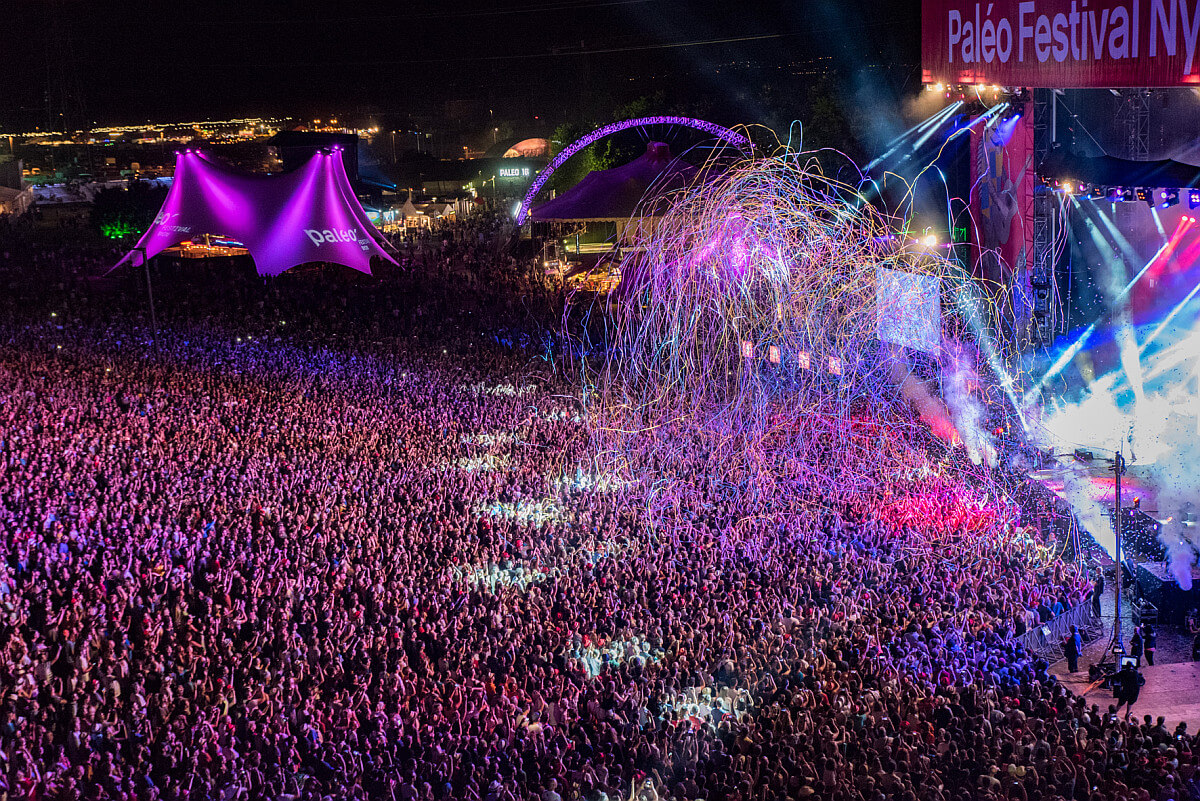Management of transport flows: challenges and technological innovations
.jpeg)
With increasingly dense cities and ever faster exchanges, how can flows be managed effectively? Whether it's urban logistics or global supply chains, optimizing traffic is crucial to reducing costs, minimizing environmental impact, and improving quality of life. This article explores the contemporary issues related to this management and highlights the technological innovations that are revolutionizing this field. We will see how advanced tools, such as those offered by Technis, based on sensors and real-time data analysis, offer concrete solutions to streamline traffic and optimize travel times.
What is a transport flow?
A transport flow represents all movements of goods (flow of goods) Or people (flow of people) within a system, whether urban or logistical. This also includes multimodal flows (vehicles, pedestrians, deliveries).
Why is the management of transport flows strategic?
A major challenge for cities and platforms, the smart logistics smoothes traffic, optimizes routes and reduces costs. For cities, it means less pollution; for businesses, more efficiency.
The challenges of managing transport flows
La management of transport flows remains crucial for businesses and communities. However, it faces major problems such as congestion, the delays, and the Traffic jams, which impact security and accessibility. These challenges lead to additional logistical costs and a loss of productivity, not to mention the environmental issues increasing (carbon footprint, noise).
To meet these challenges, innovative solutions are needed. Technis, for example, offers tools (sensors, flow analysis, real-time counting) that allow the optimization of transport flows. These technologies contribute to the fluidity of traffic, optimize travel times and reduce the costs associated with poor logistics management.
How to optimize transport flows?
Flow planning and forecasting
Intelligent logistics management analyzes peak hours, studies attendance and traffic. By developing scripts adapted, we can anticipate congestions for smooth traffic.
Organizational solutions
Organization is the key to optimizing transport flows. Coordinating delivery schedules, managing loading/unloading areas and sharing transport reduce empty trips and avoid congestion.
A technological and data-driven approach
The digital age offers data analysis tools powerful for optimizing transport flow. Solutions like those proposed by Technis, based on counting sensors (vehicles, pedestrians) and the real-time flow monitoring, are revolutionizing the management of transport flows.
Les analytics dashboards And the automatic alerts in case of saturation allow accurate transport data analysis, transforming our cities into smart cities. For example, monitoring traffic density in urban areas or managing warehouse/station traffic flow are direct applications of these mobility technologies. By measuring and understanding the use of space, Technis allows a real improvement in efficiency and profitability.
What are the concrete benefits for businesses and communities?
The positive effects of intelligent logistics management and traffic flow are multiple and have a direct impact on the performance and well-being of all.
The positive effects:
- Improvement of deadlines and punctuality: For businesses, this means more reliable supply chains and better customer satisfaction. In urban logistics, the use of technological tools allows faster deliveries and a reduction of delays for public transport. Technis' sensors and real-time transport data analysis make it possible to identify bottlenecks and adjust routes, thus ensuring better punctuality.
- Better safety and fluidity of travel: Understanding the flow of people and vehicles makes it possible to design safer infrastructures, anticipate risks, streamline traffic and reduce the risk of accidents.
- Reduced operational costs: less time lost, optimized fuel consumption, better use of resources. The optimization of transport flows therefore generates significant savings.
- Informed strategic decisions: thanks to analytical data, decision-makers optimize urban planning and event planning and adapt their investments in this direction.
FAQS
What are the challenges of urban logistics?
Urban logistics aims to optimize the delivery of goods and the transport of people in cities. Its challenges include Traffic congestion, the pollution, and the management of delivery spaces limited, impacting efficiency and quality of life.
How to improve the movement of goods and people?
Improvement is achieved throughoptimization of itineraries, theuse of technology, the promotion of soft modes of transport and the development of consolidation points for deliveries.
Latest articles
Stay up to date with everything that's going on at Technis: product news, articles, and tutorials.







.jpg)
